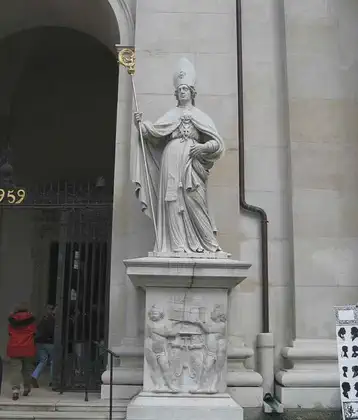On November 27, 1703 in Celtic History
The great storm of 1703 hits britain, 8,000 people die in 24 hours
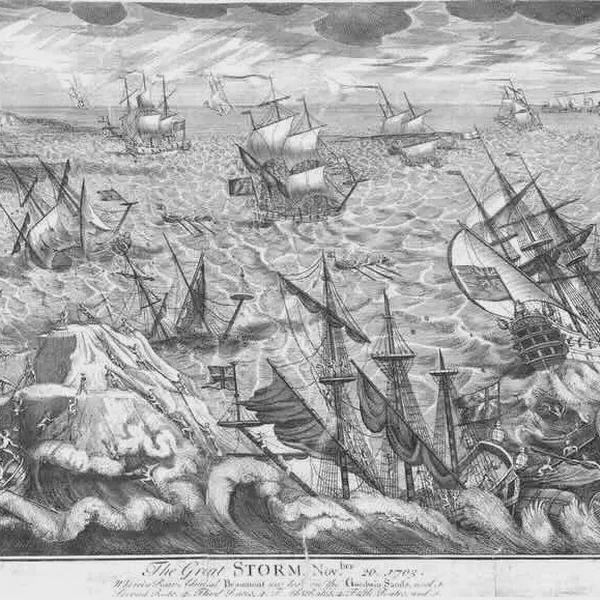
The Great storm of 1703 was a destructive extratropical cyclone that struck central and southern England on 26 November 1703.
High winds caused 2,000 chimney stacks to collapse in London and damaged the New Forest, which lost 4,000 oaks. Ships were blown hundreds of miles off-course, and over 1,000 sea men died on the Goodwin Sands alone.
News bulletins of casualties and damage were sold all over England – a novelty at that time. The Church of England declared that the storm was God’s vengeance for the sins of the nation.
Daniel Defoe thought it was a divine punishment for poor performance against Catholic armies in the War of the Spanish Succession.
Great Storm of 1703.
It was one of the most severe storms recorded in British history, causing widespread damage and resulting in a significant loss of life. The storm struck on the night of November 26-27, 1703.
Impact
The storm brought exceptionally strong winds and heavy rainfall across southern England. It is estimated that wind speeds reached hurricane force, causing widespread destruction.
Destruction
The storm caused extensive damage to buildings, ships, and forests. It uprooted trees, demolished houses, and sank ships. The destruction was particularly severe in London.
Loss of Life
The storm resulted in a substantial loss of life. While the exact number of casualties is difficult to determine with precision, estimates suggest that around 8,000 people may have lost their lives during the storm. Many of these deaths were attributed to the sinking of ships, collapse of buildings, and other storm-related incidents.
Impact on Forests
The storm had a profound impact on the landscape, especially on forests. Thousands of trees were uprooted or damaged, and the destruction of forests had long-lasting ecological consequences.
Historical Significance
The Great Storm of 1703 is considered one of the most significant weather events in British history. It prompted discussions about meteorology and the need for improved weather forecasting, contributing to the development of early meteorological observations.
The Great Storm of 1703 left a lasting impact on the collective memory of the British people and is often referenced in historical accounts of extreme weather events. It serves as a reminder of the vulnerability of communities to severe weather conditions.
More From This Day

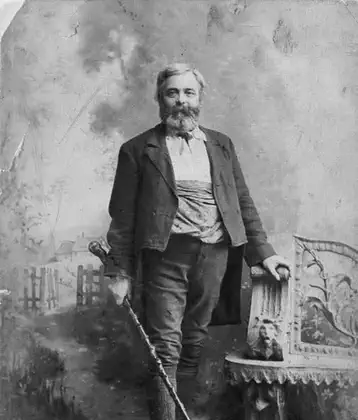



The Gaiety Theatre, Dublin, opens with a performance of She Stoops to Conquer
November 27, 1871

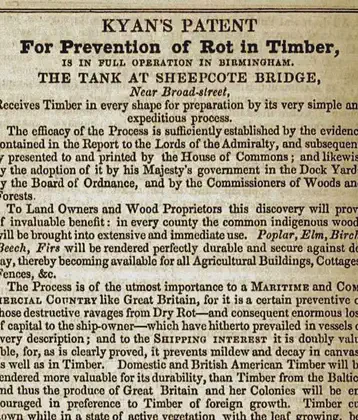
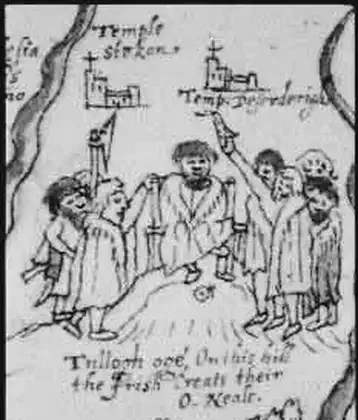
Dungannon, Co. Tyrone, is the first of 40 new boroughs to be incorporated
November 27, 1612
